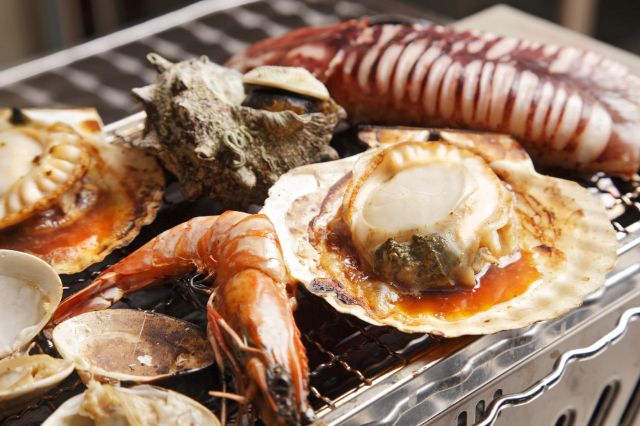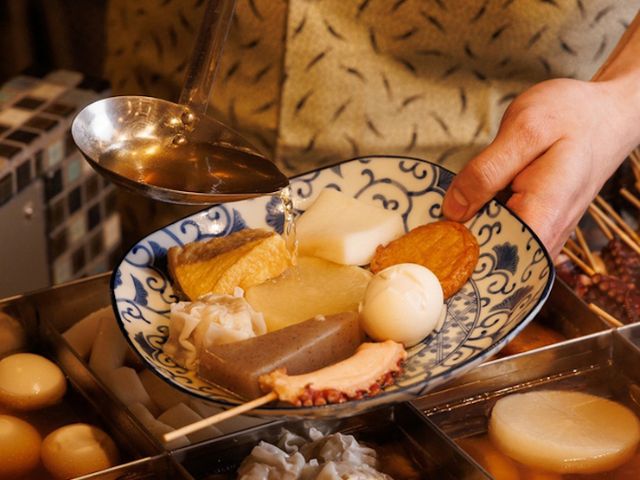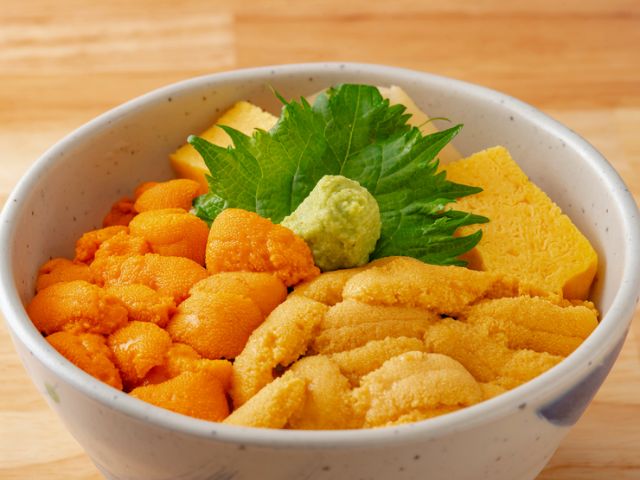A Guide to Japanese New Year's Soba

What Is New Year's Soba?
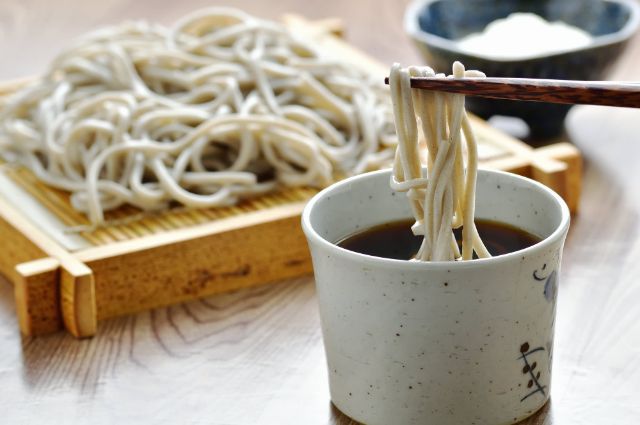
On these cold holiday nights, it’s tradition all over Japan to eat soba noodles called "toshikoshi soba" (new year soba). Soba is a type of noodle made with buckwheat, which lends a light brown color and delicious texture. For New Year's, these noodles can be served warm or cold, in a broth or with dipping sauces, in whatever style you prefer.
Toshikoshi soba is believed to have developed as a New Year’s tradition during the mid-Edo period (1603 - 1868) as an evolution from a previous tradition of eating soba on the last day of the month. Today, surveys have shown that almost 70% percent of people in Japan eat soba on New Year's Eve, which gives a sense of how widespread the custom is.
Why Is New Year's Soba Considered Lucky?

However, another reason that soba became such a popular tradition is that soba is also considered a lucky symbol. The idea of auspicious foods is fairly ingrained in Japanese culture, and noodles are often considered to be a symbol of longevity thanks to their long shape. The buckwheat plant itself is hardy, which symbolizes resilience, and soba noodles break off easily when bitten, which symbolizes a clean break with any hardships of the year before.
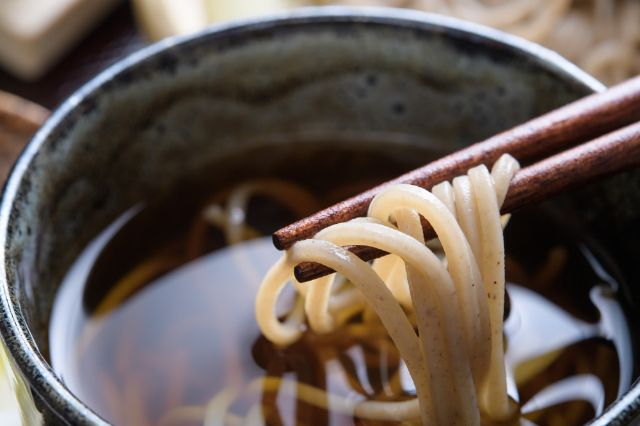
Lucky New Year's Soba Toppings
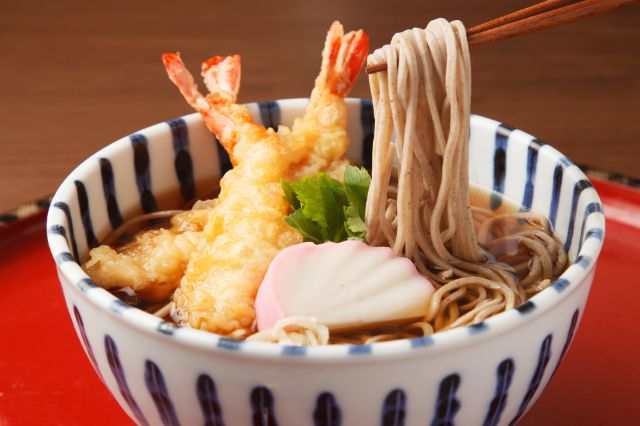
A classic topping that goes great with hot and chilled soba is green onion. The Japanese word, negi, is a play on words for the verb "negu", which means "to pray for protection". Abura-age, or fried tofu sheets, are delicious in a warm bowl of soba noodles, and are considered a favorite of the fox god Inari, who provides blessings for trade and harvest.
Seafood is also a rich area for symbolism. The shape of shrimp, for example, evokes the image of the long beard and bent waist of someone fortunate enough to reach old age. Red and white fish cakes, called "kamaboko", is a way to add lucky red and white colors into your New Year’s soba dish.
Variants and Other Lucky Foods
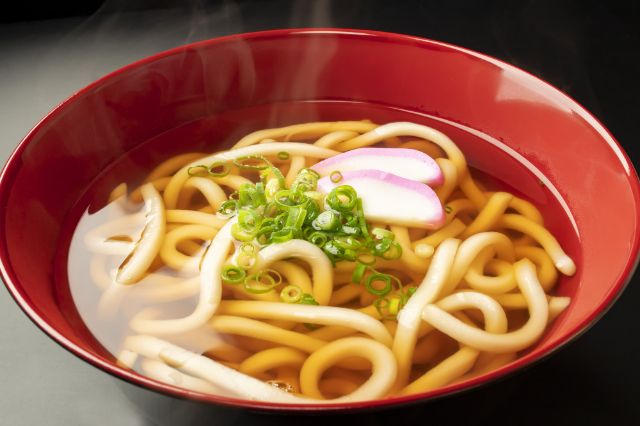
While eating soba on New Year's is popular all over Japan, it’s not uncommon to eat thicker udon noodles in some parts of the country, particularly in areas like Kagawa Prefecture that are known for making udon.
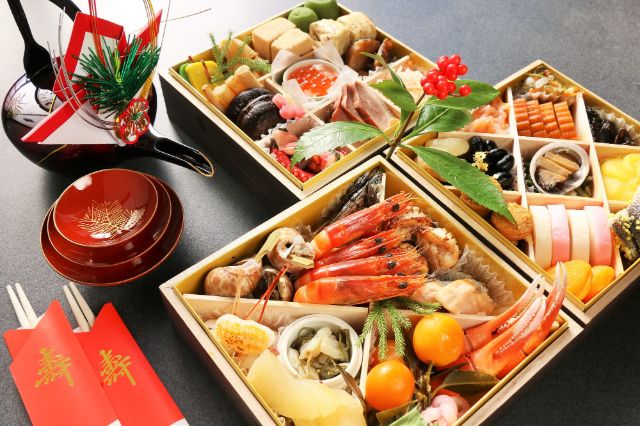
Regional Soba Recipes
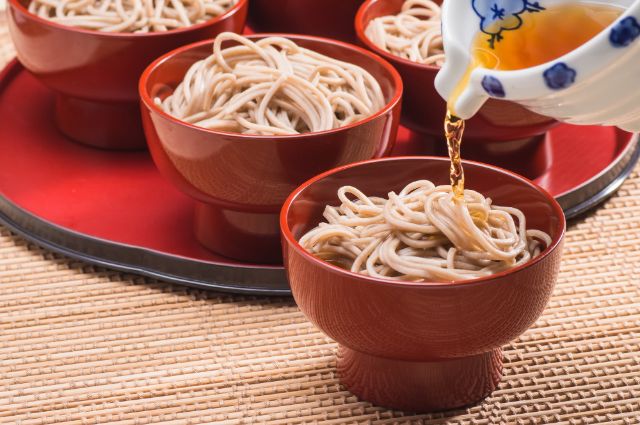
Nishin soba is a local food of both Hokkaido and Kyoto. This hot soba dish is topped with herring that has been slow-cooked in a sweet soy sauce and vinegar sauce. The sweetness of the fish and the deep umami (Japanese savory taste) flavors of the broth make for a hearty combination that’s ideal for a chilly New Year's Eve.
Wanko soba, or "small bowl" soba, is an Iwate Prefecture favorite with a unique serving style. This type of warm soba is served in bowls in smaller portions that are continually refilled by wait staff until the customer has eaten their fill.
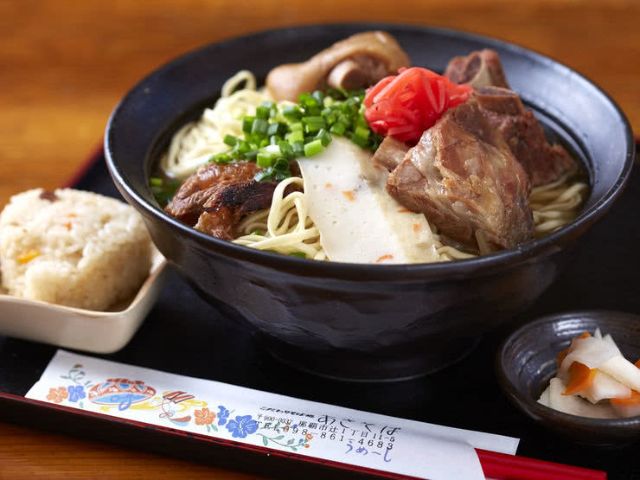
Soba Restaurants in Tokyo
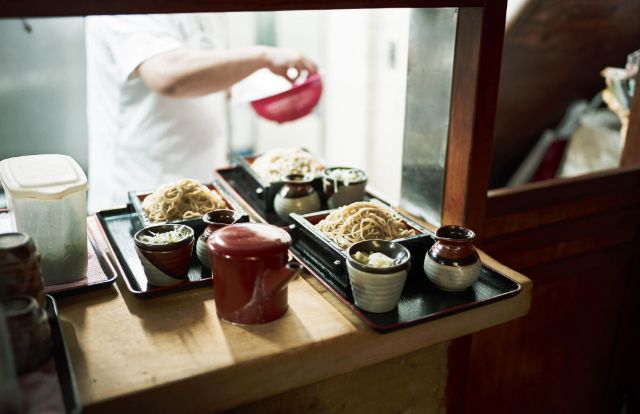
Fumotoya Keio Plaza Hotel
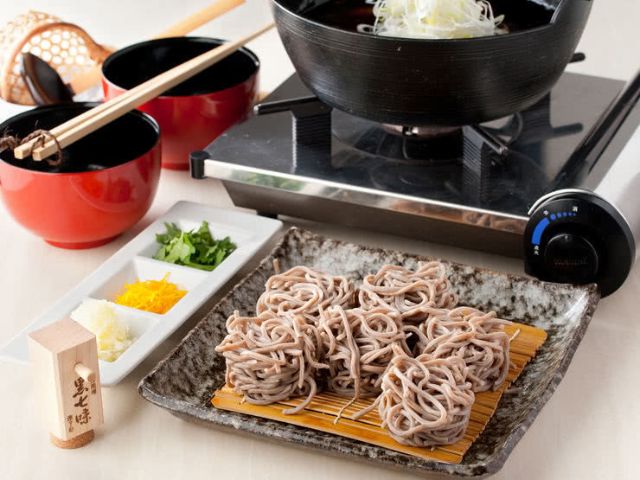
Fumotoya Keio Plaza Hotel
[Saturday, Sunday, National Holidays] Lunch 11:30 am - 4:00 pm
[Weekdays] Dinner 5:00 pm - 11:00 pm (L.O. 10:00 pm)
[Saturday] Dinner 4:00 pm - 11:00 pm (L.O. 10:00 pm)
[Sunday, National Holidays] Dinner 4:00 pm - 10:00 pm (L.O. 9:00 pm)
Closed: None
Average price: [Dinner] 5,000 JPY / [Lunch] 1,200 JPY
Address: Keio Plaza Hotel, 2-2-1, Nishi Shinjuku, Shinjuku-ku, Tokyo Map
More Details Reservation
Edo Soba Teuchidokoro Asada
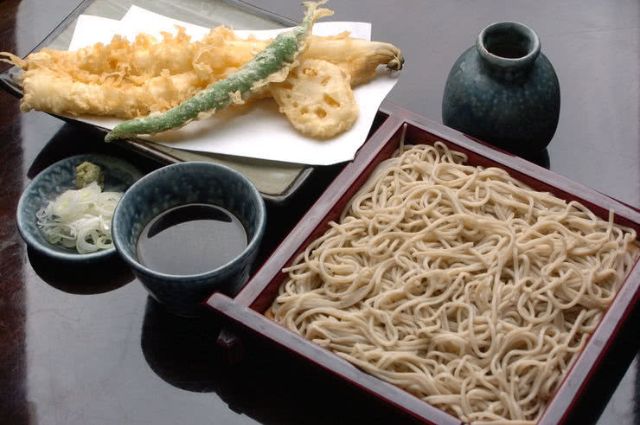
Edo Soba Teuchidokoro Asada
[Saturday] Lunch 11:30 am - 2:30 pm, Dinner 5:30 pm - 9:00 pm (L.O. 8:00 pm)
Closed: Sunday
Average price: [Dinner] 6,000 JPY / [Lunch] 1,300 JPY
Address: 2-29-11, Asakusabashi, Taito-ku, Tokyo Map
More Details Reservation
Soba and meal Tsuzurao main branch
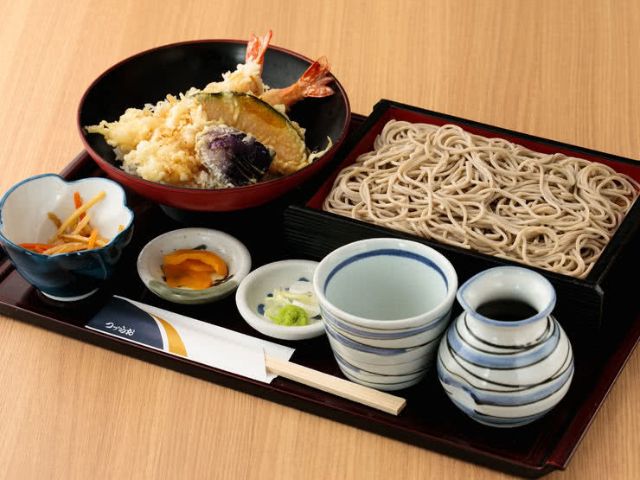
Soba and meal Tsuzurao main branch
Closed: Irregular
Average price: [Dinner] 3,500 JPY / [Lunch] 1,500 JPY
Address: 12F, Odakyu Department Store Main Bldg., 1-1-3, Nishi Shinjuku, Shinjuku-ku, Tokyo Map
More Details Reservation
Kanda Matsuya
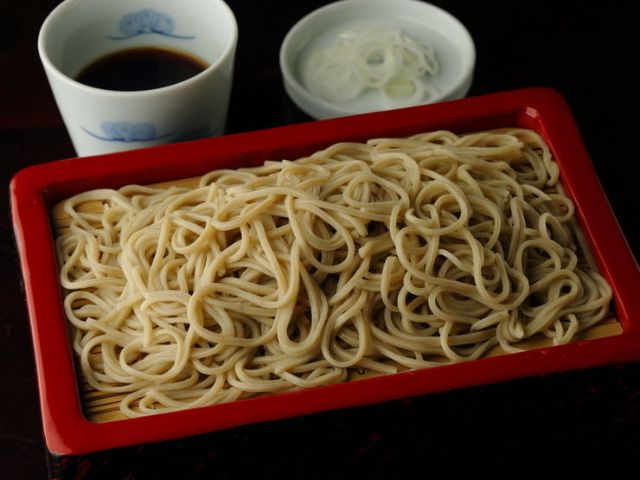
Kanda Matsuya
[Saturday, National Holidays] 11:00 am - 7:00 pm
Closed: Sunday
Average price: [Dinner] 2,000 JPY / [Lunch] 1,000 JPY
Address: 1-13, Kanda, Suda-cho, Chiyoda-ku, Tokyo Map
More Details
Tsukiji Sarashina no Sato
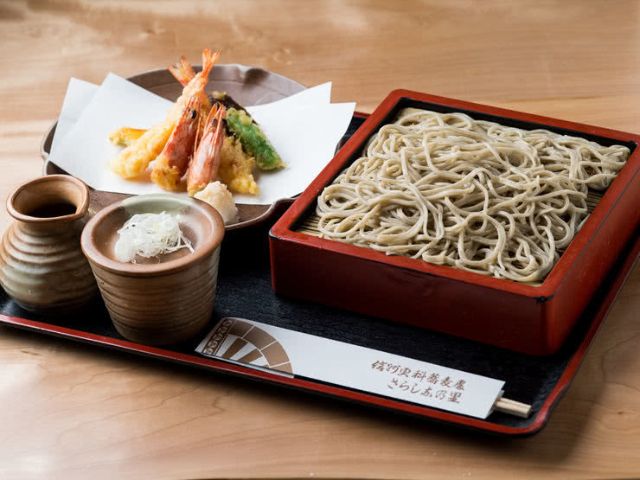
Tsukiji Sarashina no Sato
[Saturday] 11:00 am - 3:00 pm
Closed: Sunday, National Holidays
Average price: [Dinner] 6,000 JPY / [Lunch] 1,200 JPY
Address: 3-3-9, Tsukiji, Chuo-ku, Tokyo Map
More Details Reservation
Soba Restaurants in Kyoto
Souan
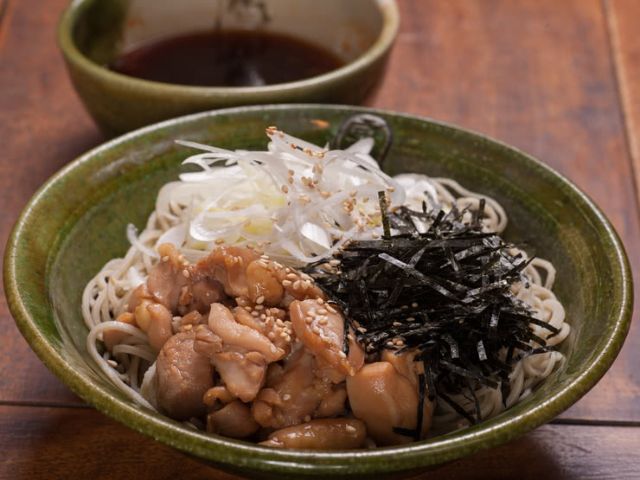
Souan
Address: 721-1, Higashi Shiokoji-cho, Karasuma-dori Shichijo-sagaru, Shimogyo-ku, Kyoto-shi, Kyoto Map
More Details Reservation
Gontaro Okazaki branch
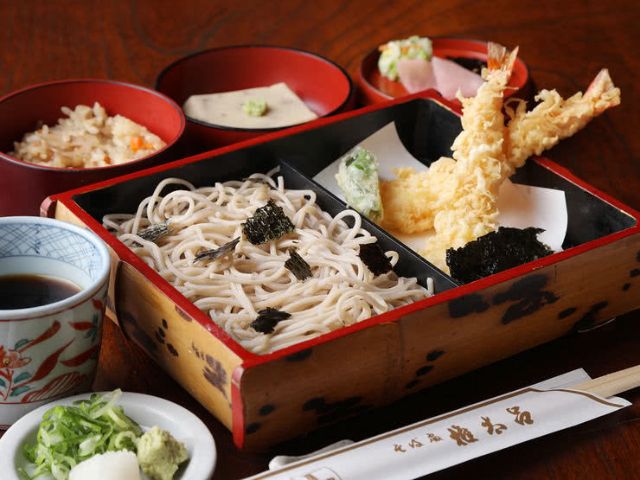
Gontaro Okazaki branch
Closed: Wednesday
Average price: [Dinner] 2,500 JPY / [Lunch] 1,500 JPY
Address: 19, Okazaki, Minami Gosho-cho, Sakyo-ku, Kyoto-shi, Kyoto
Disclaimer: All information is accurate at time of publication.
Thank you for reading our article.
Our goal is to take your culinary journey to the next level by helping you find the best restaurant. With SAVOR JAPAN, you can search and make reservations for
the Soba restaurants found in and around Tokyo and Kyoto that fill your needs.
Discover more Soba restaurants by area
- Tokyo Area
- Near Tokyo
- Kyoto and Osaka Area
- Hokkaido Area
- Northern Honshu (Tohoku)
- Central Honshu (Chubu)
- Western Honshu (Chugoku)
- Shikoku
- Kyushu
- Okinawa and Ryukyu Islands
Discover more restaurants to eat Japanese Cuisine by area
Keywords
Related Articles
New Articles
Categories
Cuisine
- Bars (23)
-
Japanese Cuisine (677)
- Kaiseki (46)
- Nabe (19)
- Okonomiyaki (24)
- Shabu Shabu (37)
- Soba (18)
- Sushi (137)
- Tempura (19)
- Teppanyaki (46)
- Shojin Ryori (3)
- Tonkatsu (11)
- Kushiyaki (10)
- Yakitori (44)
- Sukiyaki (35)
- Japanese Cuisine (342)
- Oyster (2)
- Sashimi/ Seafood (20)
- Unagi (eel) (31)
- Motsu Nabe (offal hotpot) (6)
- Mizutaki (chicken hot pot) (3)
- Oden (8)
- Kaisendon (seafood bowl) (9)
- Udon (2)
- Taverns(Izakaya) Cuisine (124)
- Western Cuisine (42)
- Italian/French Cuisine (95)
- Yakiniku/Steak (225)
- Chinese Cuisine (26)
- Ramen (Noodles) Cuisine (25)
- Cafe/Sweets (60)
- Other Asian Cuisine (5)
- Global/International Cuisine (7)
- Alcohol (45)
- Other (11)
Area
- Shikoku (10)
- Kyoto and Osaka (344)
-
Tokyo (458)
- Tokyo (284)
- Ginza (43)
- Roppongi (22)
- Shibuya (26)
- Shinjuku (46)
- Asakusa (20)
- Ebisu (12)
- Tsukiji (10)
- Tokyo Landmarks (4)
- Ueno (23)
- Akihabara (9)
- Ikebukuro (12)
- Jiyugaoka, Denenchofu, Nakameguro (9)
- Shimokitazawa (4)
- Kichijoji (3)
- Tachikawa (1)
- Omotesando, Harajuku, Aoyama (18)
- Akabane (1)
- Kagurazaka (4)
- Akasaka (10)
- Odaiba (1)
- Tsukishima, Harumi, Toyosu (3)
- Near Tokyo (100)
- Okinawa and Ryukyu Islands (58)
- Hokkaido (124)
- Northern Honshu (Tohoku) (31)
- Central Honshu (Chubu) (144)
- Western Honshu (Chugoku) (32)
- Kyushu (92)
Archives
- December 2025(8)
- November 2025(4)
- October 2025(3)
- September 2025(6)
- August 2025(11)
- July 2025(19)
- June 2025(18)
- May 2025(34)
- April 2025(43)
- March 2025(30)
- February 2025(36)
- January 2025(26)
- December 2024(69)
- November 2024(31)
- October 2024(15)
- September 2024(39)
- August 2024(65)
- July 2024(31)
- June 2024(54)
- May 2024(61)
- April 2024(28)
- March 2024(31)
- February 2024(42)
- January 2024(32)
- December 2023(20)
- November 2023(5)
- October 2023(11)
- September 2023(7)
- August 2023(18)
- July 2023(8)
- June 2023(8)
- May 2023(18)
- April 2023(15)
- March 2023(1)
- January 2023(1)
- April 2022(2)
- March 2022(2)
- February 2022(1)
- January 2022(1)
- July 2021(1)
- March 2021(1)
- February 2021(1)
- December 2020(1)
- October 2020(1)
- September 2020(2)
- August 2020(10)
- July 2020(6)
- June 2020(9)
- May 2020(11)
- April 2020(8)
- March 2020(8)
- February 2020(13)
- January 2020(9)
- December 2019(24)
- November 2019(8)
- August 2019(14)
- July 2019(15)
- June 2019(18)
- May 2019(17)
- April 2019(16)
- March 2019(22)
- February 2019(22)
- January 2019(26)
- December 2018(34)
- November 2018(40)
- October 2018(32)
- September 2018(11)
- August 2018(8)
- July 2018(6)
- June 2018(9)
- May 2018(10)
- April 2018(21)
- March 2018(74)
- February 2018(39)
- January 2018(26)
- December 2017(59)
Keywords
- Omakase
- Accessible
- Affordable
- All-You-Can-Eat
- Amazing Scenery
- anime
- Art
- Autumn
- Awards
- Beer Gardens
- Breakfast
- Chef Recommendations
- Cherry Blossoms
- Chinese
- Close To Station
- Condiments
- Counter
- Coupon
- Crab
- Culture
- Dassai
- Dates
- delivery
- Early Summer
- Editor's Recommendation
- English Available
- Event
- Expo
- Fall Leaves
- Family-Friendly
- Famous Restaurant
- Famous Tourist Spot
- Fast Food
- festival
- fireworks
- Flower Farm
- Free Wi-Fi
- French
- Great Location
- Guide
- Hibachi
- hotpot
- How To
- hydrangea
- Hygiene
- Illumination
- Italian
- Izakaya
- Japanese
- Japanese alcohol
- jingisukan
- Kaiseki
- Kappo
- Kushiage
- Kushikatsu
- Kyoto
- Late-Night
- Lunch
- Manners
- matsusakagyu
- Michelin
- mizutaki
- Model Course
- monjayaki
- motsunabe
- Mt.Fuji
- Multilingual Menus
- Nabe
- Narita Airport
- New Year
- Ninja
- Noodle
- Oden
- Okonomiyaki
- omotenashi
- Onsen
- Osaka
- Osaka Station
- Photogenic Site
- pizza
- PR
- Private Room
- Ramen
- ranking
- Recipe
- Regional Cuisine
- Resort
- Rice Bowl Dish (Donburi)
- sacred places
- Sake
- Sakura
- Sashimi
- sea urchin
- Setouchi Area
- Shabu Shabu
- sightseeing
- Signature Dish
- Soba
- Solo Diners Welcomed
- Spicy Food
- Spring
- Steak
- Summer
- Sunflower
- Sushi
- takeout
- Teppanyaki
- Terrace Seating
- Tokyo
- Tokyo Experiences
- Tokyo Skytree
- Tokyo Tower
- unagi
- UNESCO
- Vegan
- Vegetarian
- Wagyu
- What Popular Gourmet Sites Recommend
- Whisky
- Wine Bar
- Winter
- Wisteria
- Workshop
- World Heritage Site
- World Writers
- Yakiniku
- Yoshoku
- Yuba
- Zen
Discover Restaurants By Area
-

Tokyo Area
Japan's largest city, Tokyo, is the center of culinary culture in Japan. Countless Tokyo restaurants serve every kind of food imaginable and the Toyosu fish market keeps restaurants stocked with the nation's finest fish.
-

Near Tokyo
Coastal areas, mountains and valleys surrounding Tokyo are bursting with tourist destinations, such as hot springs and ski slopes, where many unique foods are only available locally.
-

Kyoto and Osaka Area
The cities of Kyoto and Osaka, together with their surrounding areas, have greatly influenced Japan's culinary culture since the 7th Century. The region is renowned for its entertainment, Kobe beef, and wide-ranging traditional dishes.
-

Hokkaido Area
The island of Hokkaido is home to wide-ranging produce of the finest quality, such as rice, meat, vegetables, fish and fruit. Popular dishes from Hokkaido include robatayaki (food slowly roasted on skewers) and Sapporo miso ramen.
-

Northern Honshu (Tohoku)
The northern end of Japan's main island, Honshu, is renowned for its seasonal fruit and vegetables, nation-leading harvest of fish (especially tuna from Ohma), and delicious beef from Yonezawa, Sendai and Yamagata.
-

Central Honshu (Chubu)
Chubu is in the center of Japan's main island, Honshu, and its culinary culture reflects its position between Japan's western and eastern halves. Delicious Hida beef, world-famous Mount Fuji and many acclaimed sake breweries are in Chubu.
-

Western Honshu (Chugoku)
Chugoku, on the southwest of Japan's main island, is rich with diverse produce. Many of its products are praised as Japan's best, including Matsuba crabs from Tottori and oysters from Hiroshima. Its pears and muscats are also top grade.
-

Shikoku
The mild climate of Shikoku is ideal for growing citrus fruit such as sudachi. Shikoku is also famous for Sanuki udon noodles, huge yields of tiger prawn from Ehime Prefecture and the best torafugu (tiger globefish) in the country.
-

Kyushu
Western culture was first introduced to Japan through Kyushu, Japan's third largest island, where the influence of Portuguese and other western cuisine influenced the creation of a colorful culinary tradition.
-

Okinawa and Ryukyu Islands
Okinawa, Japan’s southernmost prefecture, is a treasure trove of distinctive dishes and drinks that have become popular throughout Japan, including Okinawa soba, unique sushi toppings and Awamori distilled liquor.
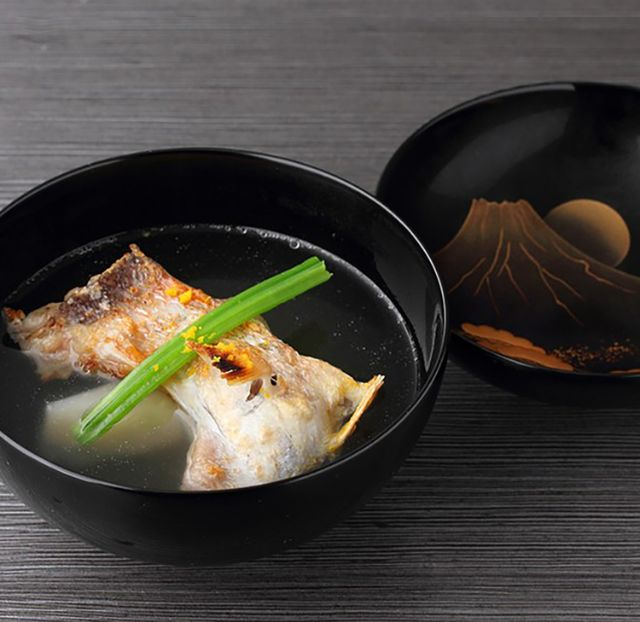
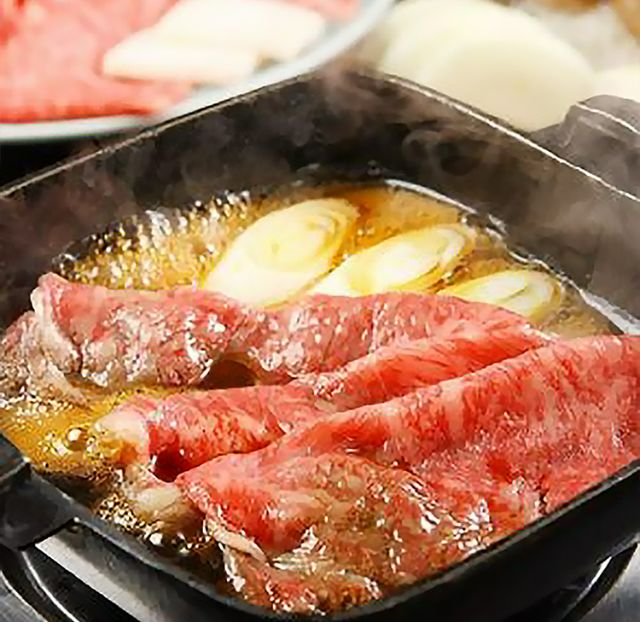

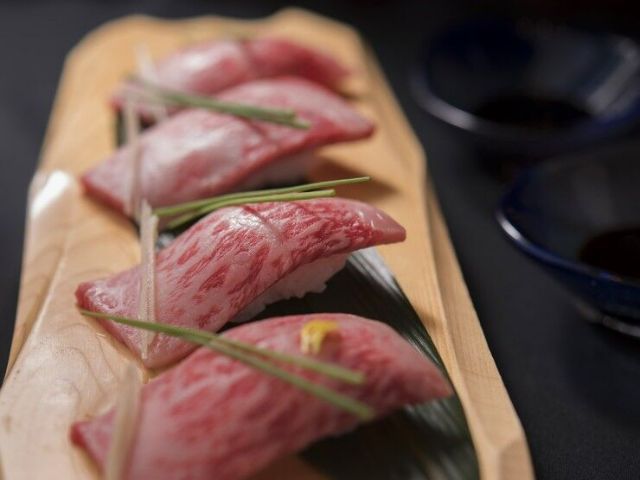
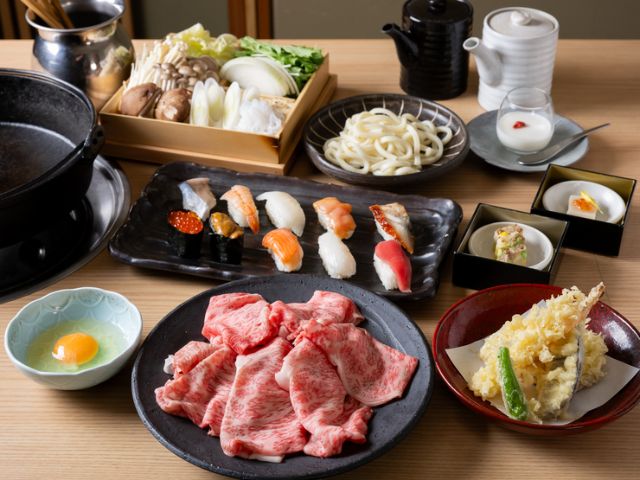
![[Tsukiji, Tokyo] Try One of Japan's Most Popular Noodle Dishes at a 180-Year-Old Soba Restaurant](https://rimage.savorjapan.com/svj/image/discover_oishii_japan/1290/article_head.jpg?t=1580396418)
